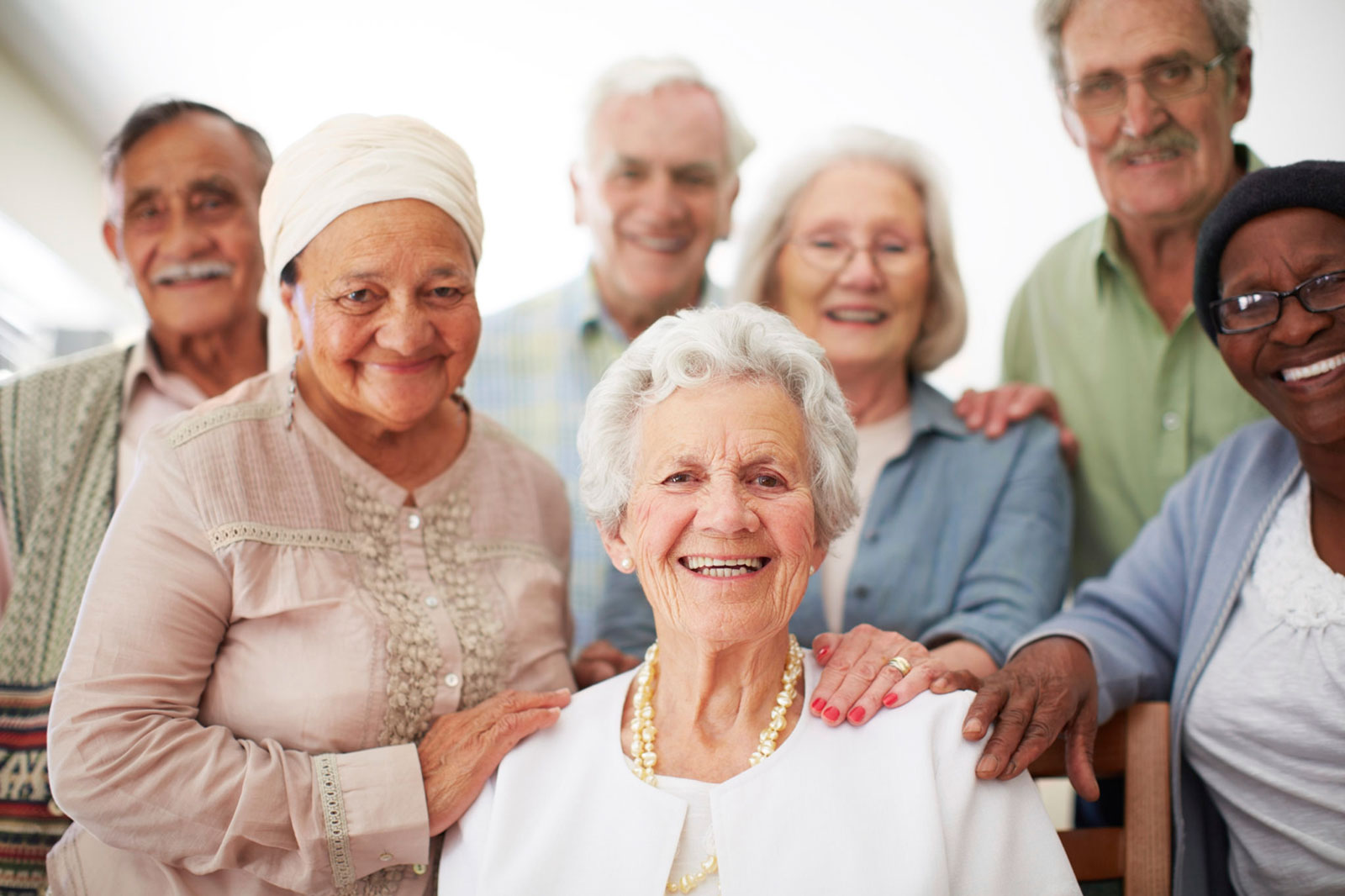Vidya Sethuraman
India Post News Service
8 out of 10 COVID-related deaths in the U.S. have been in adults 65 years old and older, reports the Centers for Disease Control. Up to 70 percent of COVID 19 hospitalizations are of people aged 85 or older in certain communities. EMS had organized a teleconference with experts to discuss this issue.
Dr. Tung Nguyen, Professor in the Health Division of General Internal Medicine at UCSF, gave a weekly update on the spread of COVID-19, with additional data on impact to elderly people.
In US, total cases of 2.06 Million and total deaths 115,271; California passed 150,000 novel coronavirus cases and 5,059 deaths; in new information compiled end of Saturday June 13, according to county public health agencies.
“The state-level ensemble forecasts suggest that the number of new deaths over the next four weeks in Arizona, Arkansas, Hawaii, North Carolina, Utah, and Vermont will likely exceed the number reported over the last four weeks,” the CDC says on its forecasting website.
Older adults are more likely to already have underlying conditions such as cardiovascular disease, diabetes, or respiratory illness that we now know raise the risk of severe COVID-19 and COVID-19-related death. In addition, a likely weaker immune system makes it harder for older adults to fight off infection. Covid-19 kills an estimated 13.4% of patients 80 and older, compared to 1.25% of those in their 50s and 0.3% of those in their 40s. Long-term care centers have been affected at large. At least 28,100 residents and workers have died from the coronavirus at nursing homes and other long-term care facilities for older adults in the United States. The virus so far has infected more than 153,000 at some 7,700 facilities, said Dr.Tung.
Dr. Charlene Harrington, gerontologist and professor of sociology and nursing at the University of California San Francisco, discussed the impact of COVID on elderly people living in nursing homes. Nursing home populations are at a high risk of being infected by and dying from the coronavirus.
While just 11 percent of the country’s cases have occurred in long-term care facilities, deaths related to Covid-19 in these facilities account for more than a third of the country’s pandemic fatalities. A study she recently completed of California nursing homes showed that those with fewer nurses were twice as likely to see outbreaks.
“So, they were unprepared and unable to handle infection-control practices,” Harrington said. Sixty-seven percent of the homes, she added, had received violations for past infection-control deficiencies, “which is known to be one of the most serious problems in nursing homes before the virus.” The pandemic exposed the weaknesses of the nursing home system. Facilities were short of PPE.
Dr. Fernando Torres-Gil, Director, Center for Policy Research on Aging, UCLA Luskin School of Public Affairs, spoke about elderly people who are not in nursing homes and the factors that might contribute to their greater vulnerability, particularly for those who live in multi-generational households.
Dr. Farida Sohrabji, Regents Professor and Interim Head, Department of Neuroscience and Experimental Therapeutics, Texas A&M College of Medicine, discussed the molecular impacts of the virus and pandemic-related isolation on depression in elderly adults. Social isolation and loneliness have been linked to many physical and mental health problems including heart disease, diabetes, anxiety, and depression. The elderly may be at a greater risk for isolation-induced depression.
Social isolation among older adults is a “serious public health concern” because of their heightened risk of cardiovascular, autoimmune, neurocognitive, and mental health problems. Using data from 3005 adults aged 57-85 years, we identified two significant longitudinal mediation patterns with symptoms of depression, and two with anxiety symptoms.
Erika Hartman, Chief Program Officer for the Downtown Women’s Center in Los Angeles discussed the impact of the COVID 19 pandemic on elderly, un-housed women.






